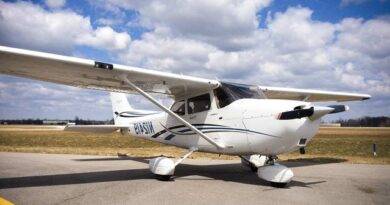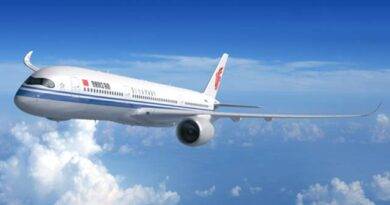FOD-Foreign Object Debris
Foreign Object Debris (FOD) at airports includes any object in an unsuitable location that could damage equipment (aircraft, vehicles, etc.) or injure personnel as a result of being in that location. FOD includes a wide range of materials, including loose hardware, paving pieces, food supplies, building materials, rocks, sand, luggage pieces, and even wildlife. FOD can be found at terminal gates, cargo aprons, taxiways and runways.
In aviation, it may pose a hazard to aircraft, equipment, cargo, personnel, or anything of value.
In production and similar environments, it could contaminate the product or otherwise weaken quality control standards or injure personnel.
Examples of foreign object debris include:
-Tools, parts and loose hardware
*Construction materials
-Paper, paper clips, pens, coins and badges
*Broken pavement pieces
-Garbage can, food packaging and beverage containers
*Rocks, sand and loose vegetation
-Luggage tags and pieces of luggage
*Hats, rags and gloves
-Birds, wildlife and stray animals
*Volcanic ash
-Human
Yes, even people can become debris if they’re in the wrong place at the wrong time.
Foreign Object Damage
It is the damage caused by Foreign Object Debris that compromises the quality, functionality, or economic value of a vehicle. For example, a FOD fragment in the wrong place at the wrong time could cause following:
* Break the fan blades when sucked into a turbojet engine,
* Aircraft landing / taking off may puncture the tires and therefore cause runway excursions,
*Damage sensitive components when trapped inside an equipment enclosure.
While it is difficult to calculate and predict amount of cost from FOD, it is estimated that this costs the civil aviation industry between $ 4 billion and $ 13 billion annually for damaged equipment, flight delays, reduced productivity, litigation and other costs.
A dramatic example of FOD damage is the loss of the Air France Concorde, which crashed into FOD on the runway during takeoff from Paris Charles de Gaulle Airport in 2000.
FOD also has the potential to injure employees, passengers, factory workers and other relevant personnel. Additionally, FOD in military settings can affect national security, reduce air defense and operation capabilities.
Factors Affecting FOD Occurrence
A number of factors can affect the existence of FOD. For example:
-Inadequate maintenance of buildings, equipment and aircraft,
*Insufficient staff training,
-Performance and time pressure on professionals and errors caused by this,
*Weather (for example, FOD can be created by strong winds, blown into the airspace, or its detection blocked in adverse weather conditions).
-Presence of uncontrolled vehicles at the airport, for example: construction machinery.
Precautions to Prevent FOD Occurrence
Measures to be taken against FOD include the following activities:
– Regular and frequent control of the relevant areas, including aircraft maneuver areas and adjacent open areas,
– Full coordination with ATC until the FOD is removed and the runway is inspected as necessary, the area with FOD is not used until it is cleaned
– Regular and frequent inspection of airport buildings and equipment and taking necessary precautions for items likely to generate FOD.
– Quick cleaning of the FOD in proper cooperation with ground workers, controllers and other relevant professionals.
– Use of continuous control systems (see subsection below for details).
Implementing an FOD Control Program
Fixed control systems
Continuous inspection systems use a combination of radar and electro-optical sensors that facilitates 24/7 FOD detection in all weather conditions. Such systems are used at some of the busiest airports in the world, including Heathrow, Vancouver, Dubai, Doha and others. The benefits of such a system over conventional vehicle FOD inspections are:
Continuous monitoring, including night time and low visibility conditions,
FOD detection is faster and more reliable,
More efficient (uninterrupted with controls) traffic flow,
Reduced risk of runway incursion,
Lower risk of bird strikes (birds are recognized by optical sensors).
For more articles click.


